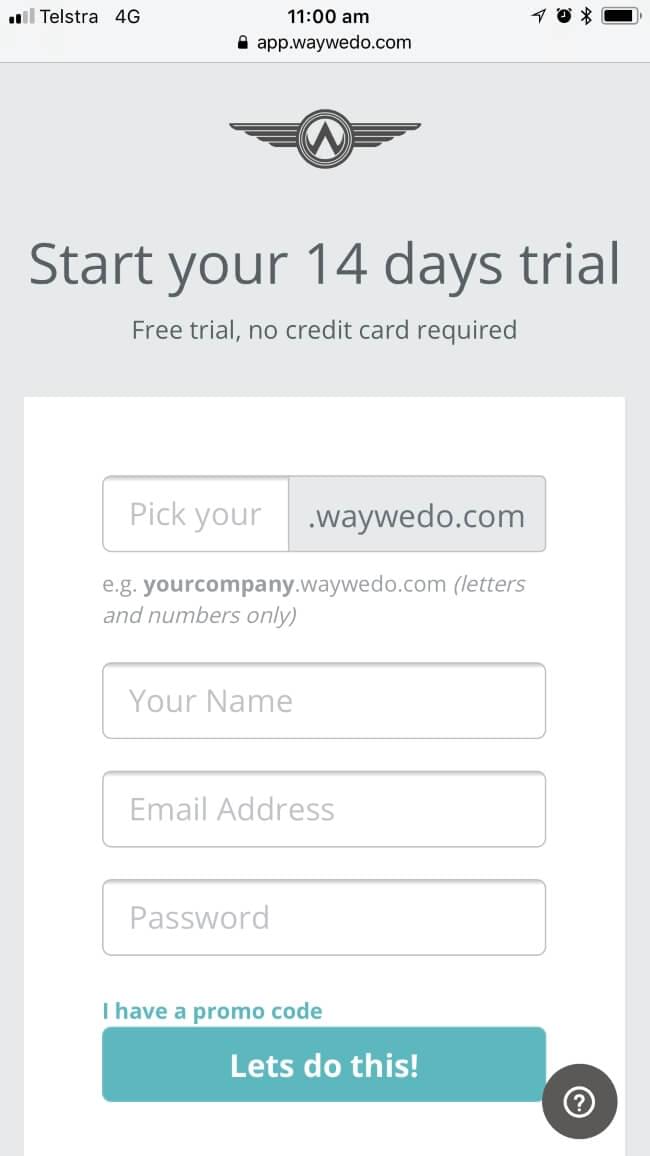When it comes to artificial intelligence, the conventional wisdom has long celebrated the “first mover.” History is peppered with tales of bold pioneers who staked a claim in new markets and reshaped industries — Amazon with e-commerce, Tesla with electric vehicles, Uber with ride-sharing. These companies defined technical standards, secured resources, and built data moats that made them almost impossible to dislodge.
But the AI age is proving more complicated. The cost of building foundational models is astronomical. Architectures are still in flux. The infrastructure — legal, technical, and cultural — is unfinished. For every Amazon or Tesla, there are dozens of MySpaces, Yahoos, and BlackBerrys: early leaders that faltered, leaving the crown to fast followers with sharper timing and fewer scars.
As the AI gold rush matures, the question for business leaders is less “How fast can we move?” and more “How smart can we follow?”
The Mirage of First-Mover Advantage
The first-mover playbook relies on speed: grab the market, build a network effect, lock in users, and let the data flywheel spin. But in AI, this is not a guaranteed path to dominance.
Training a foundational model demands vast sums in compute, talent, and electricity, with no assurance of adoption. Worse, a model trained today may be outflanked tomorrow by leaner, more efficient architectures. Competitors can study the pioneers’ missteps, leapfrogging directly to superior versions without wasting resources on dead ends.
There’s also the invisible burden of market education. First movers pay the steep price of convincing customers that AI is safe, valuable, and practical — only for followers to sweep in once the groundwork is laid. Google surpassed Yahoo not by being first but by being better. Facebook perfected the social network after MySpace blundered. Apple redefined smartphones by watching BlackBerry’s blind spots.
The lesson is clear: in high-risk, fast-evolving industries, it’s often better to learn, wait, and pounce.
The Fast-Follower Advantage
The “fast-follower” is neither timid nor slow. Instead, it’s deliberate. Fast followers keep their powder dry while others burn cash and credibility. They step in once the risks are clearer, the use cases sharper, and the infrastructure sturdier.
Today, the AI hype cycle is maturing. The magical “wow” has given way to pragmatic “how.” Companies no longer ask what AI can do; they ask what it can do reliably, cost-effectively, and in compliance with regulations. Vertical, specialized AI — diagnostics for radiologists, contract review for lawyers, process mapping for manufacturers — is overtaking general-purpose novelty.
This environment is ideal for fast followers. They can sidestep the “trough of disillusionment” and deploy AI where it makes measurable impact, without carrying the baggage of failed promises.
Building Guardrails: The AI Advisory Board
Being a fast follower doesn’t mean being passive. It requires discipline, foresight, and governance. One of the most practical steps a company can take is to establish an AI advisory board — an interdisciplinary body that weighs opportunity against risk.
Such a board might include:
- Digital Transformation and Process Experts: To ensure AI projects solve actual business problems, not chase hype.
- Governance Specialists: To codify how models are tracked, audited, and managed.
- Ethics Advisors: To ask not just “Can we?” but “Should we?”
- Security Professionals: To guard against data poisoning and adversarial attacks.
- Finance Analysts: To test whether the projected returns justify the ongoing costs.
- Legal Counsel: To navigate liability, privacy, and intellectual property.
With a clear charter, executive sponsorship, and the courage to say “no,” such a board becomes the ballast against reckless experimentation.
A Practical Roadmap for Fast Followers
Fast followers don’t stand still. They experiment at the edges while preparing for bigger bets. A practical playbook looks like this:
- Start Small, Start Daily. Make AI a habit in your personal workflow. Use it for drafting, editing, brainstorming, and summarizing. Master the art of prompting by giving role, context, purpose, and format.
- Diagnose Before You Automate. Don’t let AI accelerate broken processes. Map your workflows with Way We Do, identify bottlenecks, and ask whether the problem is truly process design, bad data, or team training.
- Integrate, Don’t Reinvent. Tools like Zapier and Microsoft Power Automate, when combined with platforms like Way We Do, allow low-risk automation. These experiments teach you where AI adds value without betting the farm.
- Buy Before You Build. If a reliable SaaS tool already exists for your need — chatbots, transcription, analytics — use it. Save custom builds for unique, proprietary processes where AI could deliver a genuine competitive advantage.
- Time Your Leap. When the standards are clearer, the architectures proven, and your advisory board confident, then — and only then — scale your investment.
Beyond the Hype
The AI conversation is evolving. Regulatory scrutiny is sharpening. Investors are demanding ROI, not branding exercises. Specialized models are overtaking grand, general ones. In short, the gold rush is becoming a real economy.
For companies, the choice is stark: rush in first and risk ruin, or follow fast and capture value without carrying the weight of hype.
Being a fast-follower is not a sign of weakness. It is a mark of discipline. It is how lasting leaders are made.





